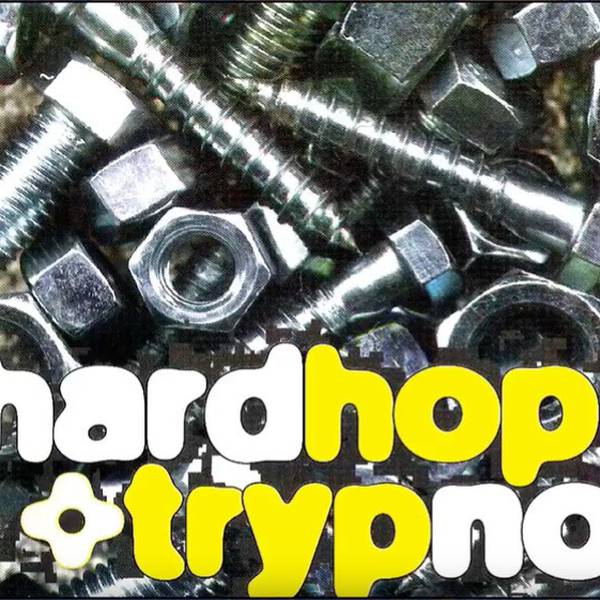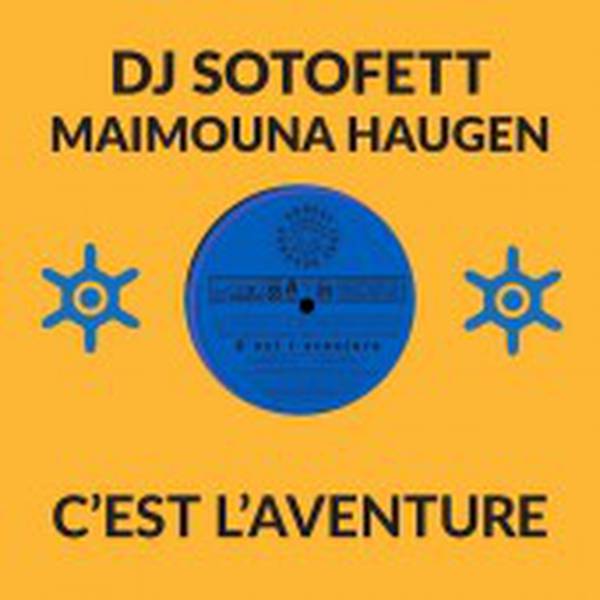
Tax included, Shipping not included
Soca evolved in the 1970s from traditional calypso, which was seen as an increasingly insular form and was beginning to decline in popularity. As Trinidadian musicians increasingly travelled to New York to record, the new up-tempo style that developed became known as soul calypso (hence soca). Using more sophisticated recording techniques and incorporating influences drawn from '70s American soul, disco and funk, it swiftly came to rival reggae as the most popular form of music in the Caribbean. Trinidad inevitably remained soca's stronghold, but the freshness and dynamism of the new style soon attracted adherents from other islands such as Barbados, Antigua and Montserrat.rnrnLord Shorty's 1974 hits Endless Vibrations and Soul Of Calypso brought soca to an international audience, while Arrow - not from Trinidad but Montserrat - had an even bigger international success with the 1983 global chart-topper Hot! Hot! Hot!. Such tracks were essentially good time party tunes. But soca has not entirely turned its back on the calypsonian tradition of political and social comment and Gypsy's 1986 hit The Sinking Ship is credited with helping to remove the People's National Movement from the Trinidadian government. Andre Tanker's Food Fight is just one of several tracks here to pack a message.rnrnBy the 1990s, soca was expanding its horizons once again to take in influences from Jamaican ragga and dancehall and from hip-hop and house music. These new influences helped to create a harder-edged school of contemporary soca and gave birth to a new generation of young artists such as Bunji Garlin and Machel Montano.rnrnThe new soca sound is not a uniform movement, as you can hear from the sheer diversity of the music on offer here. It also takes in the Indian chutney soca of Massive Gosine's Chrloo, for example. But the global transformation of the music since the early 1990s has both captured a younger generation that had given up on more traditional forms of calypso and soca and has created considerable generational friction with the calypsonian old guard. Yet there are also musical continuities which join modern soca and all its diverse influences to the days of calypso and the early soca pioneers.rnrnCalypso legend Mighty Sparrow — who won his first Carnival Road March way back in 1956 — has endorsed the new sound and has pronounced himself happy to pass on the baton to the likes of Machel Montano. Maximus Dan's Soca Train is a cutting-edge reworking of a 1982 hit by Winston ‘Gypsy’ Peters and represents a direct, conciliatory link to soca's first golden age. On Love Fire, the new generation meets the old guard on Machel Montano's remake of Black Stalin's 1987 hit.rnrnJohn Childrnrnrn'West London store Honest Jon's stays close to its Ladbroke Grove roots with this joyous selection of contemporary soca. Blending influences ranging from dancehall and uptempo dance to more traditional African and even Indian sounds, it provides an excellent primer for anyone who thinks soca is all about the likes of Arrow's Hot! Hot! Hot!' (Music Week).rnrnWith a forty-page booklet juxtaposing scenes from the contemporary Carnival in Trinidad (by Honest Jon's designer Will Bankhead), with photographs of the Notting Hill Carnival during the 1970s (by Chris Steele-Perkins), and 1960s Ladbroke Grove (by Charlie Phillips).
Details
Genre
Release Date
01.01.2004
Cat No
HJRCD9
Produkt- und Herstellerinformationen









